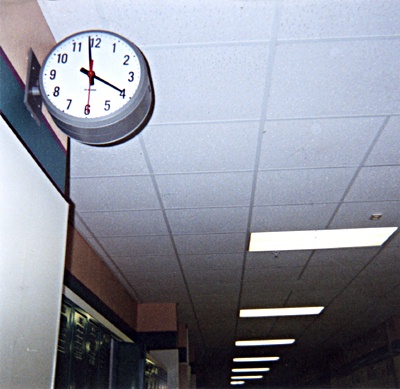All Nonfiction
- Bullying
- Books
- Academic
- Author Interviews
- Celebrity interviews
- College Articles
- College Essays
- Educator of the Year
- Heroes
- Interviews
- Memoir
- Personal Experience
- Sports
- Travel & Culture
All Opinions
- Bullying
- Current Events / Politics
- Discrimination
- Drugs / Alcohol / Smoking
- Entertainment / Celebrities
- Environment
- Love / Relationships
- Movies / Music / TV
- Pop Culture / Trends
- School / College
- Social Issues / Civics
- Spirituality / Religion
- Sports / Hobbies
All Hot Topics
- Bullying
- Community Service
- Environment
- Health
- Letters to the Editor
- Pride & Prejudice
- What Matters
- Back
Summer Guide
- Program Links
- Program Reviews
- Back
College Guide
- College Links
- College Reviews
- College Essays
- College Articles
- Back
Analyzing the MD Public Schools Service Learning Requirement
If you go to a public high school in the state of Maryland, you have definitely heard of the Service Learning Graduation Requirement. According to the Maryland State Department of Education, Service Learning “is a teaching method that combines meaningful service to the community with curriculum-based learning”. The “meaningful service” is already chosen and done during a school day in Grades 6-8, and is a county-approved activity done independently outside of the normal school hours in Grades 9-12. A set amount of hours is required to graduate each grade level. Maryland is the first and only state as of writing this piece to require community service hours. The implementation of this program can be achieved through two ways; “seventy-five hours of student service that includes preparation, action, and reflection components and that, at the discretion of the local school system, may begin during the middle grades; or a locally designed program in student service that has been approved by the State Superintendent of Schools.” Service Learning is required for any student to graduate Maryland Public Schools; including students with special needs or an Individual Education Plan unless exceptions are specifically noted in a student’s IEP.
A benefit of the program, according to the Maryland State Department of Education, is that “Students improve their academic skills by applying what they learn in school to the real world; they then reflect on their experience to reinforce the link between their service and their learning”. Another benefit of Service Learning could be that it can get less productive high schoolers to become more active in their neighborhood.
But Maryland Public Schools Service Learning can be a hassle to more productive high schoolers who will already have a busy schedule. Another issue is that college-bound high schoolers who did over 75 hours of the required service learning hours will most likely have his/her’s extra community service hours discredited in the eyes of an admissions office. And lastly, the fact that it is a requirement can cause some high schoolers to see community service in a negative light.
In conclusion, the Maryland Public Schools Service Learning program is certainly a topic that can be interpreted in many different ways. Some may support it for encouraging teenagers to be productive in society, while others may disapprove of it due how it is forced on teenagers and essentially blackmails a high schoolers diploma.

Similar Articles
JOIN THE DISCUSSION
This article has 0 comments.
